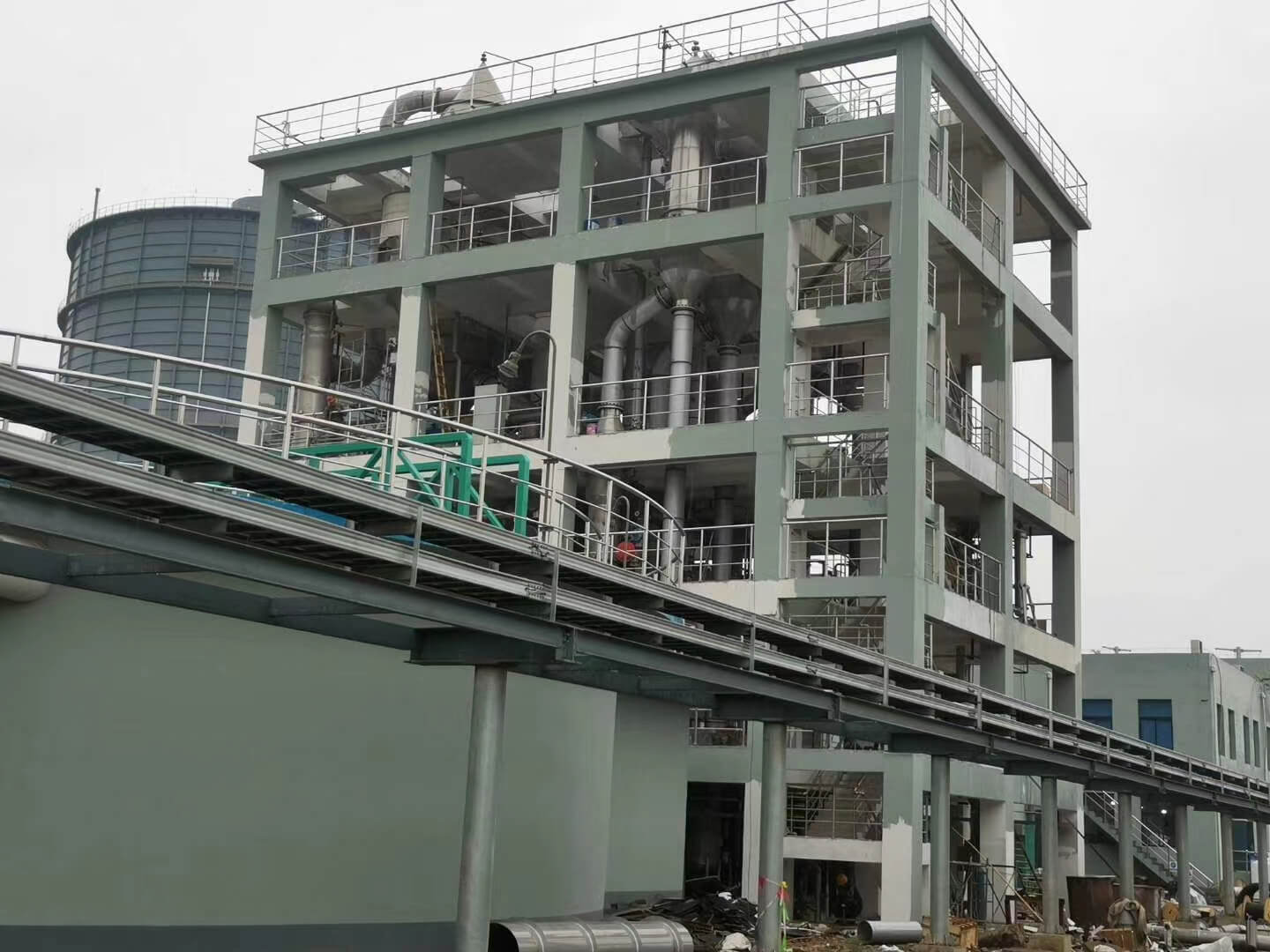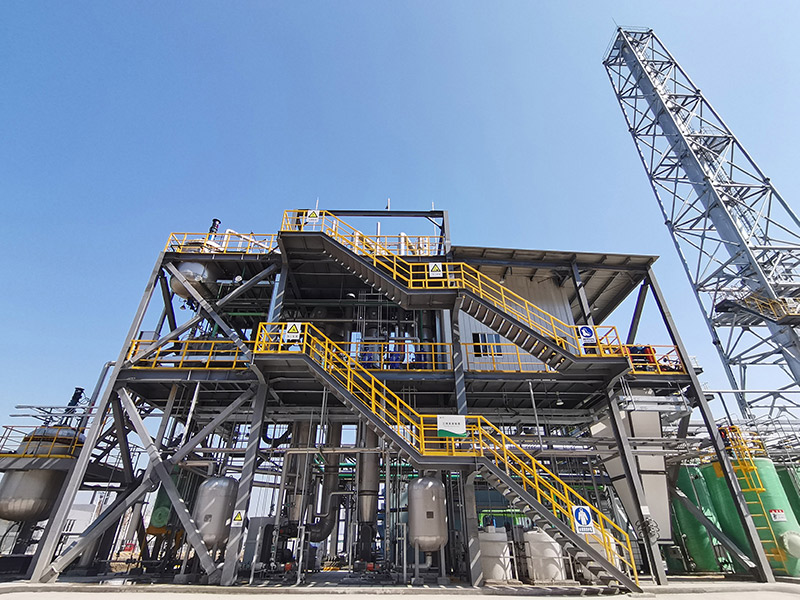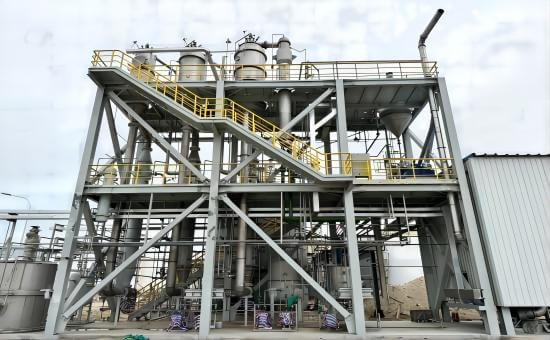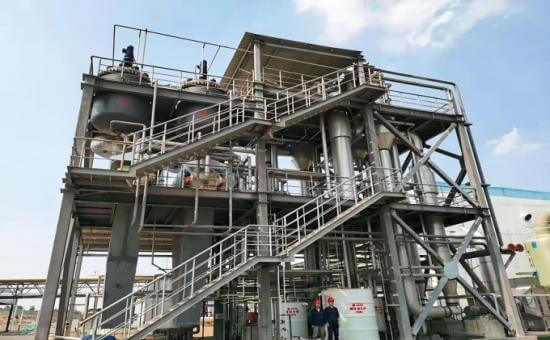
Bio-chemical System
What is Bio-chemical technology?
Biochemical technology is a process of using biological principle and technical methods to research, improve and apply organism. Biochemical technology can use all kinds of microorganisms to achieve effective treatment of wastewater.
Biochemical technology and other treatment technologies can be integrated to form a more comprehensive treatment scheme. For example, biological treatment technology can be combined with physical treatment (such as precipitation, filtration), chemical treatment (such as oxidation, precipitation), evaporation and crystallization and other technologies to improve the treatment effect, and then achieve the purpose of zero liquid discharge.
- Activated sludgemethod
- Bio-membrane
- Anaerobic digestiontechnology
- Microbial denitrification and dephosphorization
- Bio-adsorptiontechnology
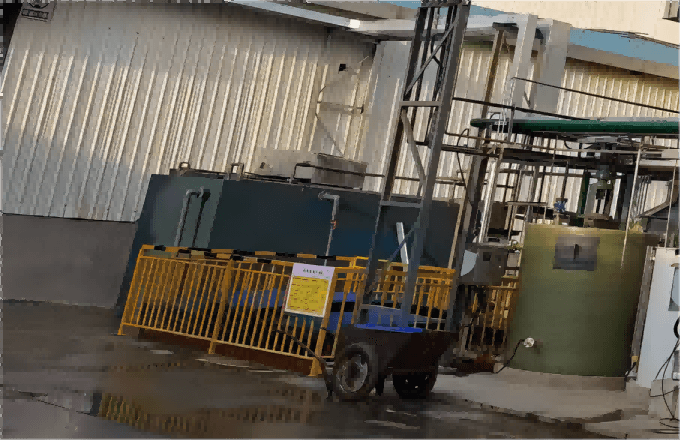
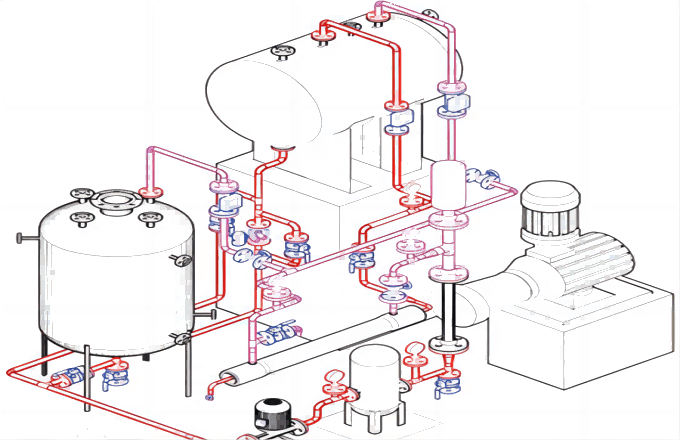
- Activated sludge method
Activated sludge method is a commonly used biochemical technology. By cultivating and maintaining a certain amount of microbial community (activated sludge) in the reactor, it reacts with organic matter in wastewater, so as to convert organic matter into carbon dioxide, water and other harmless substances.
- Bio-membrane
Bio-membrane method is a method that uses microorganisms to grow on fixed bio-membranes and degrade organic matter. Bio-membrane methods include biological filter tank, biological contact oxidation tank and fixed bed reactor. Microorganisms can form an adhesion layer on the bio-membrane, and then treat wastewater by degrading organic matter.
- Anaerobic digestiontechnology
Anaerobic digestion technology is a method that uses anaerobic microorganisms to degrade organic matter in an anaerobic environment. By controlling the temperature, pressure and appropriate environmental conditions in the reactor, anaerobic microorganisms are able to degrade organic matter into simple compounds such as biogas and organic acids.
- Microbial denitrification and dephosphorization
Microbial denitrification and dephosphorization technology is the conversion of nitrogen and phosphorus elements in wastewater into nitrogen and phosphate precipitation so as to achieve nitrogen and phosphorus removal. The common methods of this technology include nitrification-denitrification process, denitrification and dephosphorization pool, etc.
- Bio-adsorptiontechnology
Bio-adsorption technology is a method to adsorb and remove pollutants in wastewater by using microorganisms or biological materials. This method absorbs heavy metals, organics and other pollutants in wastewater through the adsorbent on the surface of microorganisms or biological adsorption materials, such as activated sludge and kelp.
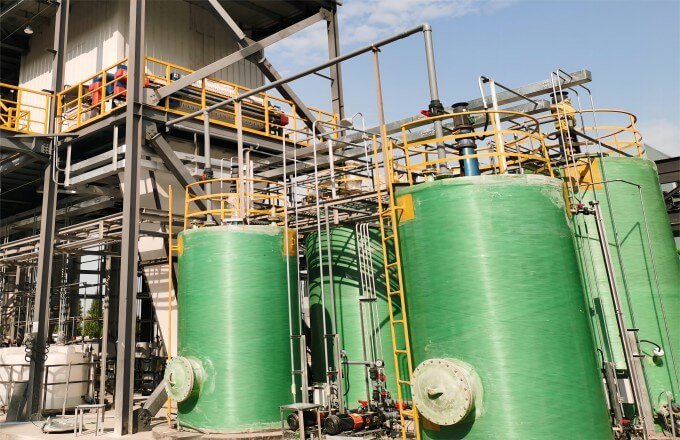
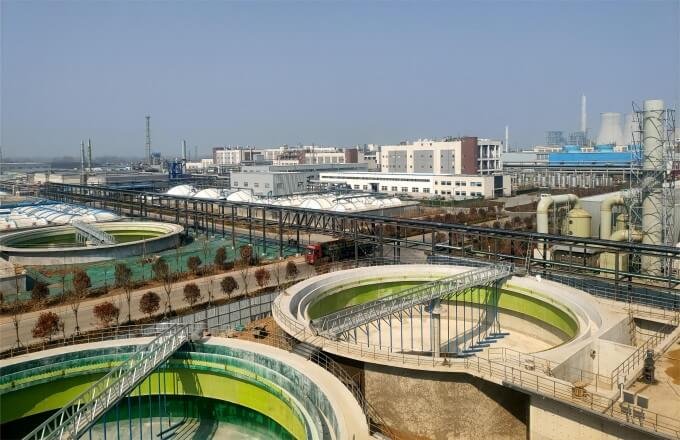
Applications
For example, the coking wastewater contains much more organic pollutants, such as phenol, benzene, aniline, alkyl phenol and other harmful substances. Those are high pollution, strong toxicity, and difficult to degrade. At present, when treating coking wastewater, people usually use the multistage treatment process “pretreatment + biochemical treatment + advanced treatment +…”. Among them, the biochemical treatment belongs to the secondary treatment, mainly by using activated sludge. Through the process, the removal rate of COD in the wastewater can reach 90.7%, phenols removal is 98.9%, thiocyanides removal is 98.6% and ammonia nitrogen is 99.9%.

